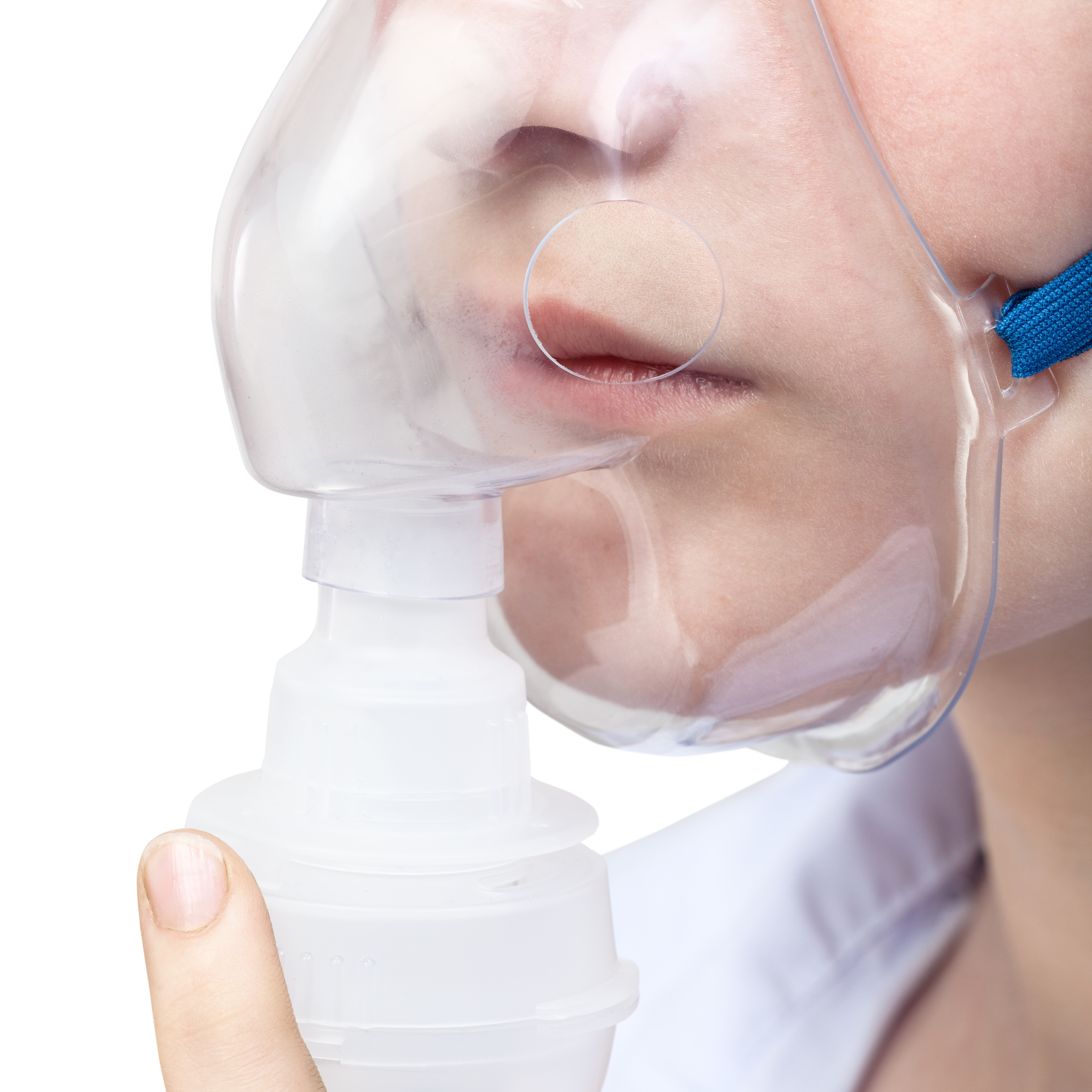Inhaled Alkaline Buffer Could Help Cystic Fibrosis Patients Clear Lungs of Bacteria
Written by |

Increasing the pH balance of the acidic lung surface liquid found in cystic fibrosis (CF) patients, using an inhaled alkaline buffer, helps to kill bacteria in the airways, research from the University of Iowa Carver College of Medicine found.
The study, “Repurposing tromethamine as inhaled therapy to treat CF airway disease,“ published in the journal JCI Insight, proposed that the buffer, called tromethamine or Tham, could be a used as a treatment option for managing airway symptoms in CF patients.
The pH of the thin film of liquid produced in the airways is a crucial feature largely determining its function. In addition to preventing the lungs from collapsing when we exhale, the liquid contains antimicrobial peptides — our body’s own antibiotics — that protect the lungs from invading bacteria and other types of infections.
In CF patients, the mutation in the CFTR gene disrupts ion balance in the lungs and makes the liquid more acidic, exposing its carrier to all the symptoms characterizing CF. Although most recently approved treatments and drugs in development seek to correct the dysfunctional CFTR protein, the research team looked for a simpler and cheaper way to dampen symptoms.
Starting by collecting sputum samples from patients, the team tested the effect of a sodium bicarbonate alkaline buffer to restore pH. Results showed the sodium bicarbonate both restored pH and allowed more effective killing of the bacterium Staphylococcus aureus (S. aureus) — one of the first bacterial species to colonize CF lungs.
To see whether the same is true in a living organism, researchers exposed piglets and healthy volunteers to inhaled sodium bicarbonate. While the inhalation did improve pH, the effect was too brief to be suitable as a treatment candidate.
Since their experiments indicated that raising pH levels was key to improving antimicrobial activity in airway liquid, the team then tested Tham — another alkaline buffer not related to sodium bicarbonate — and found this buffer improved the activity of two antimicrobial peptides called hBD-3 and LL-37.
Repeated tests in both piglets and humans revealed that the effect lasted for at least two hours.
Since CF patients are often treated with high concentration salt solutions to ease the transport of mucus from the airways, researchers also tested if the inhaled buffer would be effective in combination with salt, and found that the presence of the salt solution lowered the buffer’s bacterial killing capacity by only a very small degree.
Researchers concluded that the inhaled Tham buffer, either alone or in combination with an hypertonic saline solution, might be of therapeutic benefit for CF patients.






